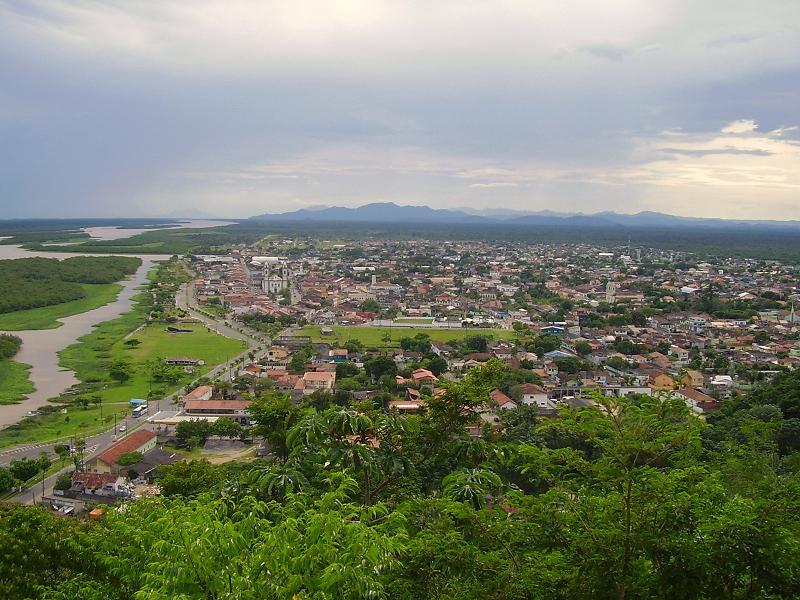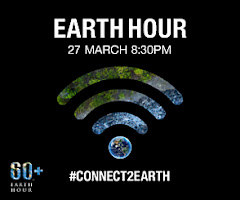FIFA and
the environment
FIFA is
dedicated to taking its environmental responsibility seriously. Issues such as
global warming, environmental conservation and sustainable management are a
concern for FIFA, not only in regards to FIFA World Cups™, but also in relation
to FIFA as an organisation. That is why FIFA has been engaging with its
stakeholders and other institutions to find sensible ways of addressing
environmental issues and mitigate the negative environmental impacts linked to
its activities.
Home of
FIFA: zero emissions
The Home of
FIFA, which FIFA moved into in 2006, sets benchmarks for the environment. The
highest priority was given to an ecological and economic energy concept tied to
modern facilities, which was harmoniously integrated into the nearby
recreational area. Against this backdrop, FIFA decided on a zero-emission
building, and those requirements were completely fulfilled – for example by
rejecting fossil fuels and CO2 emissions, and by implementing energy-efficient
technologies and the optimal interplay of a heating and cooling system. If the
building needs to be heated and cooled at the same time, the heat pump takes
heat from the cooling network and transfers it to the heating network.
Green Goal
FIFA has
encouraged and engaged with Local Organising Committees (LOC) in regard to
environmental protection since 2005 when the German LOC launched the Green Goal
environmental programme for the 2006 FIFA World Cup™. FIFA invested EUR 400,000
in a carbon offsetting project in South Africa for electricity from sewage gas
in the Sebokeng Township, Gauteng, South Africa. The project was developed by
the German LOC together with the Swiss organisation myclimate to offset the
92,000 tons of unavoidable CO2 emissions of the competition. Other contributors
to the Green Goal programme and the compensation projects were the DFB,
Deutsche Telekom and PlasticsEurope.
Inspired by
Green Goal 2006 and by previous experiences with major international events in
South Africa, the South African LOC developed a Green Goal programme for the
2010 FIFA World Cup™. Together with the Department for Environmental Affairs,
the LOC implemented a number of projects involving Host Cities, government
departments, local environmentalists and international partners such as UNEP.
The LOC for
the FIFA Women’s World Cup Germany 2011™ launched the Green Goal 2011 programme
in early 2010, building on the experiences from 2006 to expand the
environmental project. FIFA is part of this ambitious programme together with
the LOC and the Oeko-Institut, a leading European research and consultancy
institution working for a sustainable future.
The
2018/2022 FIFA World Cups™
In assuring
its commitment to the environment in the future, FIFA decided to include
environmental protection in future bidding agreements, starting with the
bidding process for the FIFA World Cups™ in 2018 and 2022. FIFA requested
comprehensive information on the activities planned to avoid, reduce and offset
the negative environmental impacts of hosting the FIFA World Cup™.
The bidders
had to provide information on the following topics:
A
comprehensive environmental assessment of staging the FIFA World Cup™
Systematic
integration of the environment into management structures
Composition
and integration of an Environmental Advisory Board
Outreach
programme for stakeholder consultation
Measurable
objectives in six core topics of water, waste, energy, transportation,
procurement and climate change
Planned
activities to minimise the adverse environmental effects
“20 Centres
for 2010” and the environment
“20 Centres
for 2010”, the official campaign of the 2010 FIFA World Cup South Africa™, is
building 20 Football for Hope Centres for education, public health and football
in disadvantaged communities across Africa.
By using
the positive elements of football, many community-based organisations have been
successful in reaching young people and addressing a variety of local
challenges including waste removal and environmental education. To strengthen
this development, Football for Hope Centres are being built as facilities from
which these local best-practice organisations can reach out to the local young
people and the community.
Furthermore,
FIFA and FIFA World Cup Sponsor Yingli Solar are installing solar panels in each
of the 20 centres to not only ensure energy supply to the facilities but also
to raise awareness on alternative energy sources in African communities.
2014 FIFA World Cup Brazil™
FIFA has already begun working with the 2014
FIFA World Cup Organising Committee Brazil to ensure an adequate integration of
environmental matters into the management structure and into the preparation
and staging of the event. This will not only strengthen the environmental
programme for 2014 but also help the organisers to keep pace with the various
initiatives that have already begun to develop in the country that was host to
the first-ever global summit on the environment and development in 1992.
http://www.fifa.com/aboutfifa/socialresponsibility/environmental.html
"Summary of the 2014 FIFA World Cup Brazil Carbon Foot Print"
Get PDF:
http://www.fifa.com/mm/document/fifaworldcup/generic/02/11/20/03/summaryofthe2014fwccarbonfootprint_neutral.pdf





















No comments:
Post a Comment